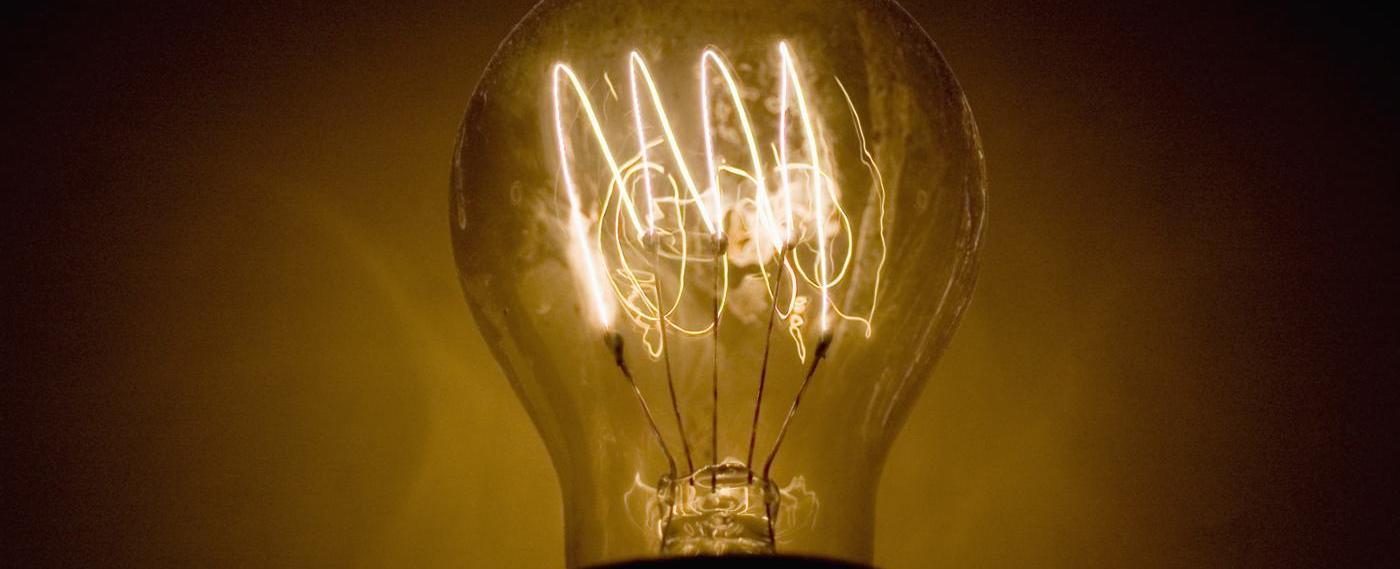The tungsten filament inside an incandescent light bulb reaches a temperature of 4 500 degrees fahrenheit when turned on

The Tungsten Filament: An Incandescent Light Bulb’s Hot Core
When you turn on an incandescent light bulb, the magic of artificial light is brought to life. Have you ever wondered how the bulb emits that familiar warm glow? The answer lies within its core—the tungsten filament, a tiny but mighty component that plays a crucial role in the functioning of these bulbs.
Incandescent Light Bulbs and the Tungsten Filament
Incandescent light bulbs have been around for more than a century, providing reliable lighting for homes and various other applications. These bulbs are simple yet effective, with their design based on the principle of incandescence—meaning they emit light as a result of being heated.
The tungsten filament, often the unsung hero of the incandescent bulb, is a wire that is carefully coiled and inserted into the bulb’s glass envelope. This filament is made from tungsten due to its high melting point and durability, enabling it to withstand the extreme operating conditions.
The Temperature Surpassing 4,500 Degrees Fahrenheit
Once electricity flows through the filament, it begins to heat up rapidly. In fact, the tungsten filament reaches a staggering temperature of approximately 4,500 degrees Fahrenheit when the bulb is turned on. This intense heat causes the filament to glow, producing visible light that illuminates our surroundings.
The reason the filament achieves such an extreme temperature lies in its properties. Tungsten has an extraordinarily high melting point of 6,192 degrees Fahrenheit, making it an ideal candidate for a light bulb’s filament. As electricity passes through the filament, it resists the current, resulting in energy consumption and the release of heat.
The Role of Infrared Radiation
Interestingly, not all of the energy consumed by the filament is converted into visible light. In reality, only about 5% of the energy is transformed into light, while the remaining 95% is given off as heat. This primarily happens in the form of infrared radiation, which is invisible to the human eye but can be felt as warmth.
Infrared radiation is a form of electromagnetic radiation with longer wavelengths than visible light. It is responsible for the heat radiating from a lit incandescent bulb, which often contributes to that cozy feeling associated with traditional lighting.
The Decline of Incandescent Light Bulbs
Despite their long-standing presence in the lighting industry, incandescent light bulbs have been facing a decline in recent years. The rise of more energy-efficient alternatives, such as compact fluorescent lamps (CFLs) and light-emitting diodes (LEDs), has resulted in a shift towards greener and more cost-effective lighting solutions.
However, the incandescent bulb’s tungsten filament remains an intriguing testament to the wonders of science and engineering. By harnessing the extreme temperature capabilities of tungsten, these bulbs have illuminated countless homes and spaces throughout history.
Source: ThoughtCo.com
Tags
Share
Related Posts
Quick Links
Legal Stuff


